- Autistic people tend to have more functional asymmetry in brain networks that process language than do non-autistic people. Molecular Psychiatry
- Mice deficient in the gene CUL3 have altered dopamine neurotransmission and dopamine-linked behaviors. Journal of Neuroscience
- Studies attempting to assess depression in autistic people tend to favor observer reports over self-reports, and the two measures often diverge. Western Journal of Nursing Research
- Gene variants and their expression are linked to aspects of brain morphology such as gray-matter volume, cortical thickness and measures of folding. Nature Genetics
- Clinicians in two camps of autism therapies — applied behavior analysis and a developmental-model-based approach — are open to diversifying their methods and incorporating neuroscience approaches, according to a survey. Frontiers in Integrative Neuroscience
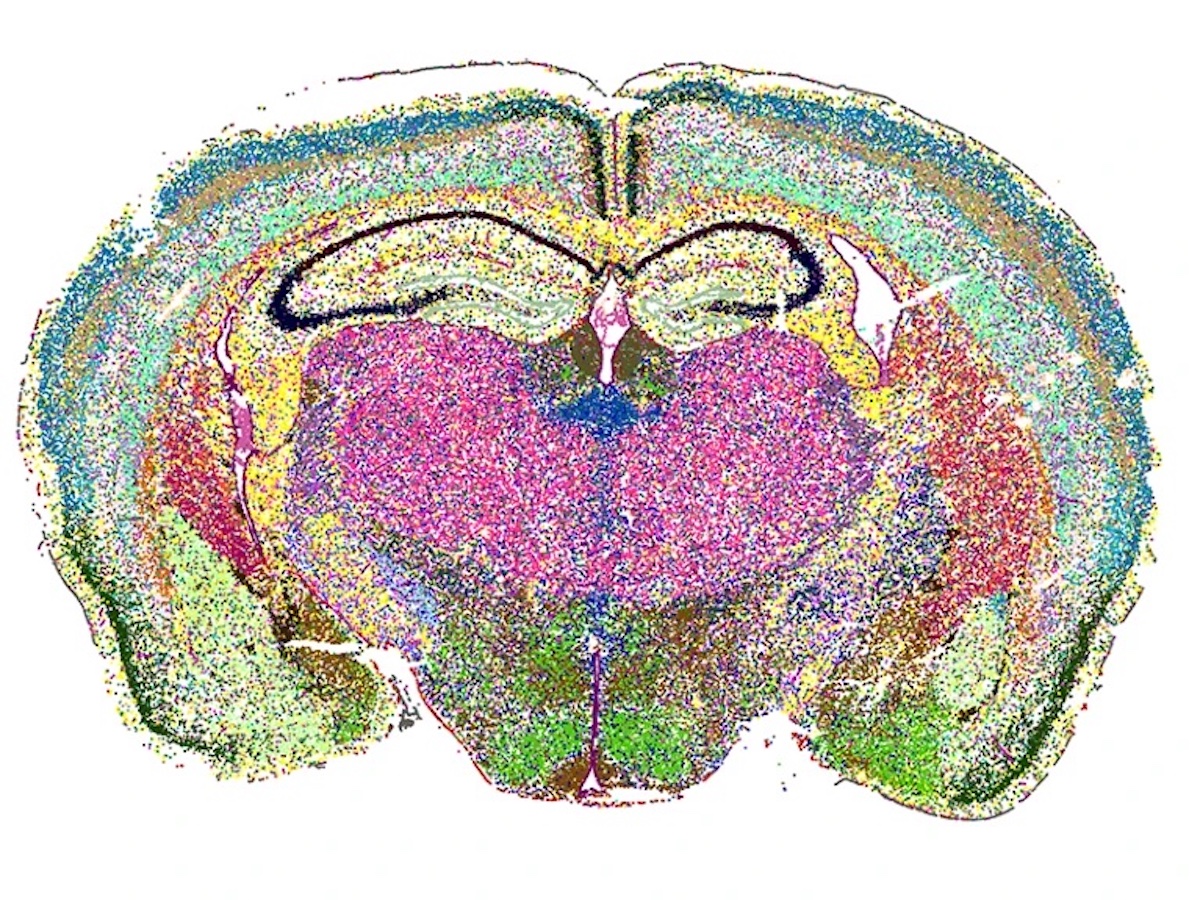 Atlas strength: A spatial-transcriptomics technique called MERFISH enables researchers to map cell types in the mouse brain.Image courtesy of Vizgen
Atlas strength: A spatial-transcriptomics technique called MERFISH enables researchers to map cell types in the mouse brain.Image courtesy of Vizgen - Scientists suggest adding a diversity factor — accounting for the gender, race and geographical location of the authors and the people within their dataset — to the current citations-based impact factor. PLOS Global Public Health
- Mice missing the autism-linked gene GABRB1 have autism-like behavioral traits and upregulated glutamate levels and receptors. iScience
- A meta-analysis of single nucleotide polymorphisms highlights the likelihood of autism in people with specific variants of the genes MTHFR, CNTNAP2, OXTR and VDR. Gene
- Researchers posing as parents of a child with mental health issues called 322 child psychiatrists’ offices in three U.S. cities and scored an appointment only 11 percent of the time, illustrating the difficulties in getting specialty care. Psychiatric Services
- The Allen Institute has announced a new funding initiative to study how human-driven environmental factors affect neurobiology. Allen Institute
- Autistic adults are less likely than their non-autistic peers to adapt to a conflicting stimuli task with repeated trials, even though they recognize their errors. Frontiers in Psychiatry
- People with Williams syndrome show differences in the size of specific brain regions and in neural activity, according to a review of brain-imaging studies. Neuroscience & Biobehavioral Reviews
- Spatial mapping of gene expression and single-cell genomics are helping researchers delineate cell types and locations in the mouse brain. Nature
- Science editor-in-chief H. Holden Thorp has penned an “expression of concern” about a 2022 paper that described an MRI method to record neuronal activity. Spectrum covered an independent effort that failed to replicate the paper’s findings.
- Many autism traits are perceived as “male” and are overlooked in girls and women, which may contribute to missed diagnoses. PLOS ONE
- Institutional policies could help limit the temptations offered by predatory journals, especially for scientists from lower- and middle-income countries, says researcher Chérifa Boukacem-Zeghmouri. Nature
Brain network asymmetry; diversity factor in publishing; Williams syndrome
Here is a roundup of news and research spotted around the web for the week of 21 August.
By
Jill Adams
25 August 2023 | 3 min read
tags:
Recommended reading
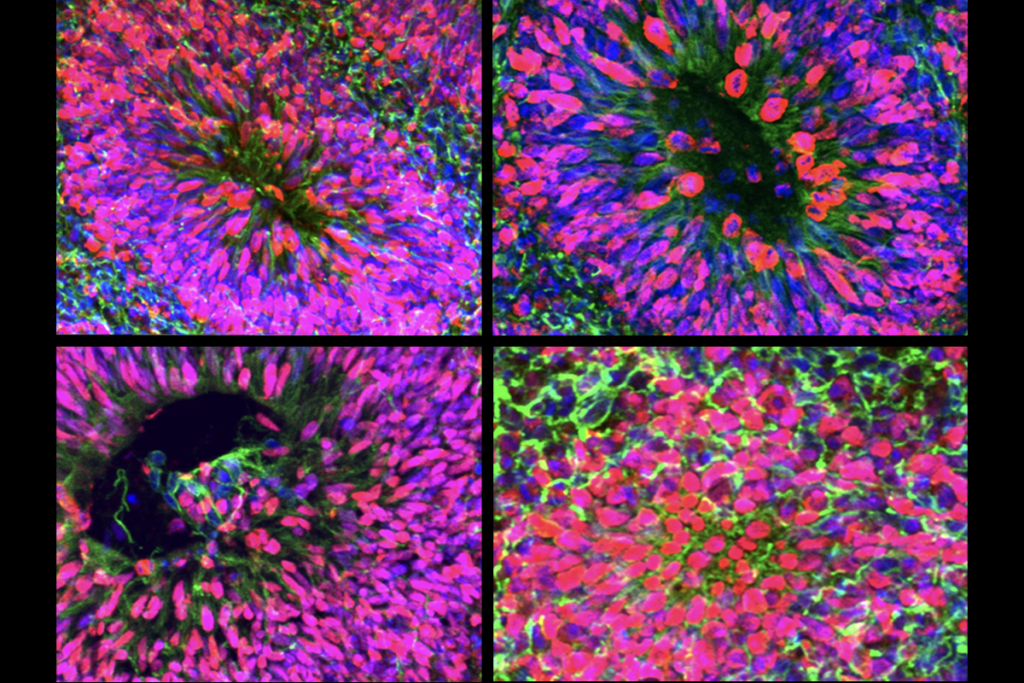
New organoid atlas unveils four neurodevelopmental signatures
By
Diana Kwon
17 December 2025 | 4 min read
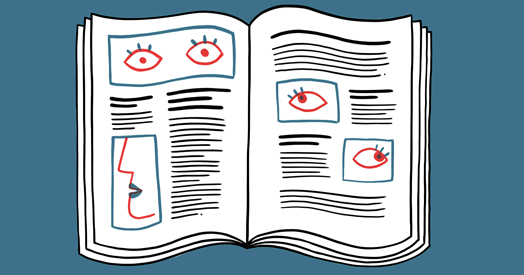
Glutamate receptors, mRNA transcripts and SYNGAP1; and more
By
Jill Adams
16 December 2025 | 2 min read
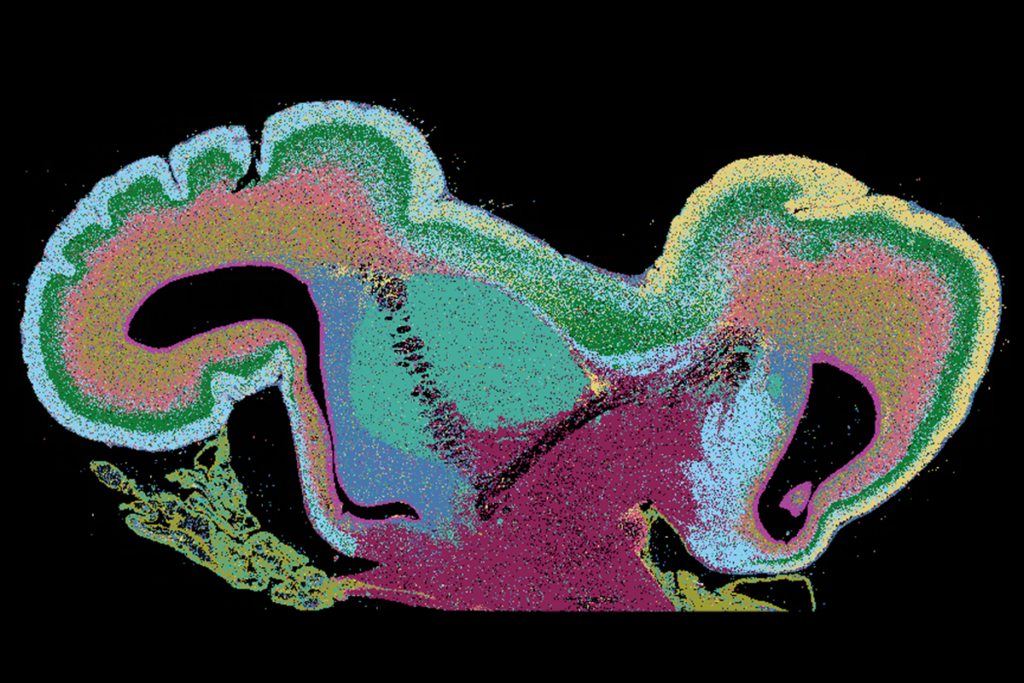
Among brain changes studied in autism, spotlight shifts to subcortex
By
Holly Barker
11 December 2025 | 5 min read
Explore more from The Transmitter

Not playing around: Why neuroscience needs toy models
By
Marcus Ghosh
22 December 2025 | 6 min read
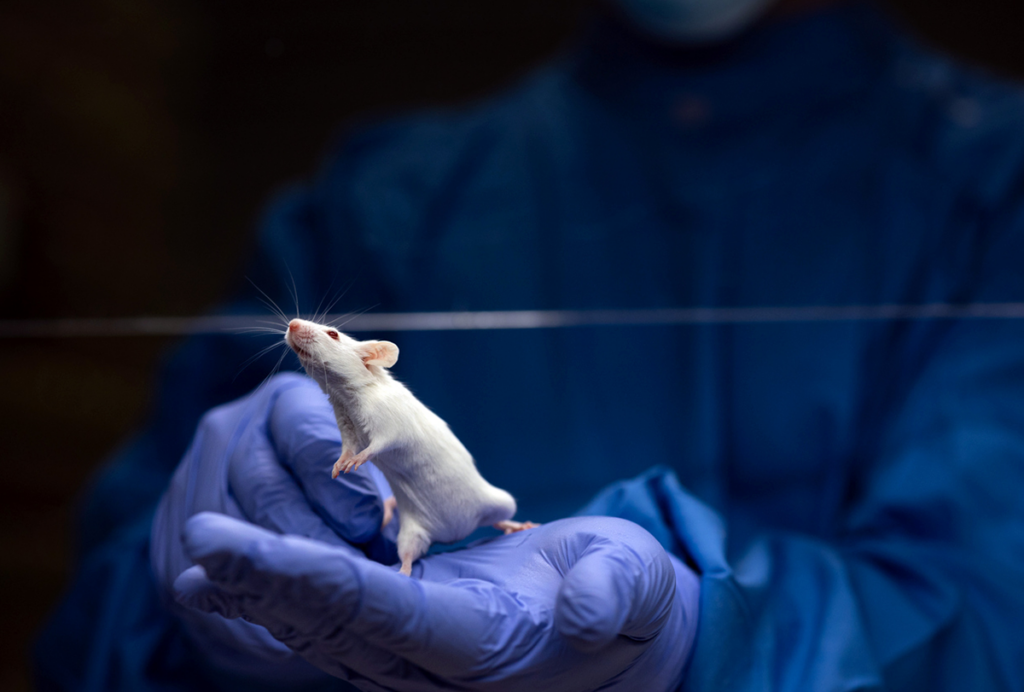
Psychedelics research in rodents has a behavior problem
By
Calli McMurray
19 December 2025 | 8 min read
Can neuroscientists decode memories solely from a map of synaptic connections?
By
Paul Middlebrooks
17 December 2025 | 1 min read
Cite this article: